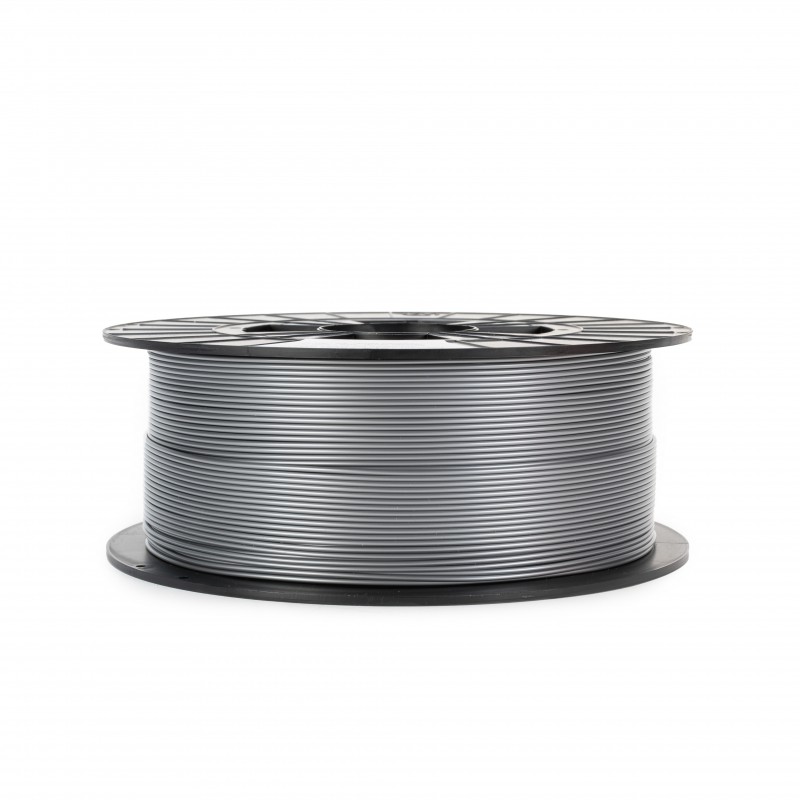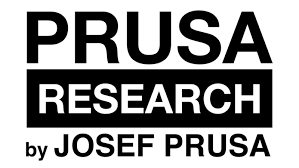- Out-of-Stock



PLA is the most commonly used filament. It’s easy to print, and a very strong material. The perfect choice for printing large objects thanks to its low thermal expansion (little to no warping) and for printing tiny parts because of its low melting temperature. Only this material is proven for 50 microns layer height.
PLA has a relatively low melting temperature of about 175 degrees Celsius. Unlike so-called thermoset materials, PLA can be heated past its melting point multiple times with very little degradation. It’s also very hard material, but that also means it’s somewhat brittle, and once it breaks, it likes to shatter.
However, PLA is not a perfect material and, just like every other plastic, has some disadvantages. The low melting temperature also means low-temperature resistance. Parts start to lose mechanical strength at temperatures over 60 °C.
The combination of having low-temperature resistance and low UV-resistance means that it’s not ideal for outdoor use. Also, PLA is only soluble in chemicals like chloroform or hot benzene. So when connecting multiple pieces, you’re better off using just glue.
Even though PLA is on its own food safe, we do not suggest to repeatedly drink or eat from your 3D prints. Because of the small fractures on the print surface, bacteria can build up in there over time. You can prevent this by applying a food-safe coating. When post-processing PLA, it’s better to use wet sanding. Without water you'll quickly start heating the plastic by friction, it will melt locally and make it hard to keep sanding.
Recommended printer settings:



